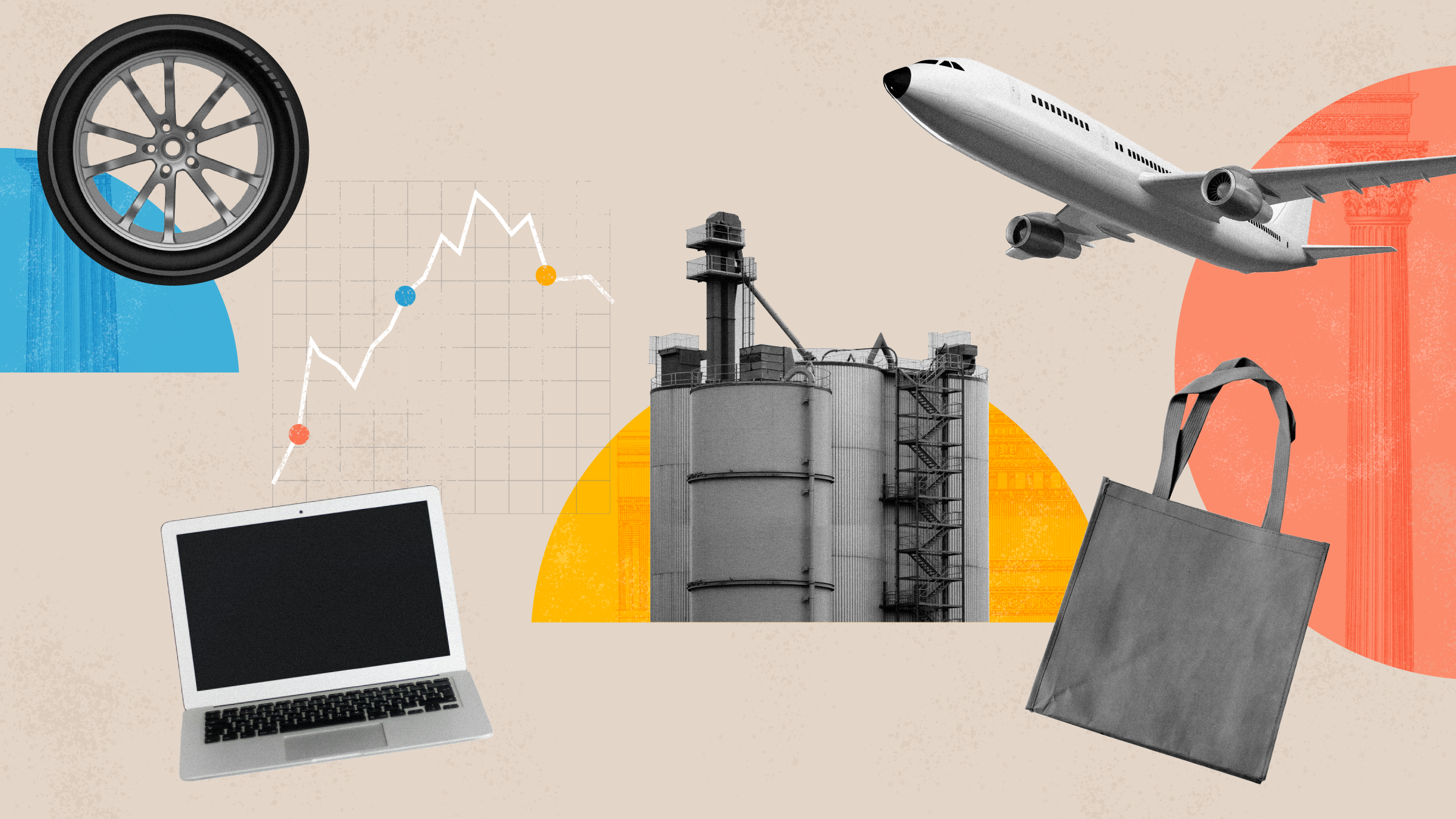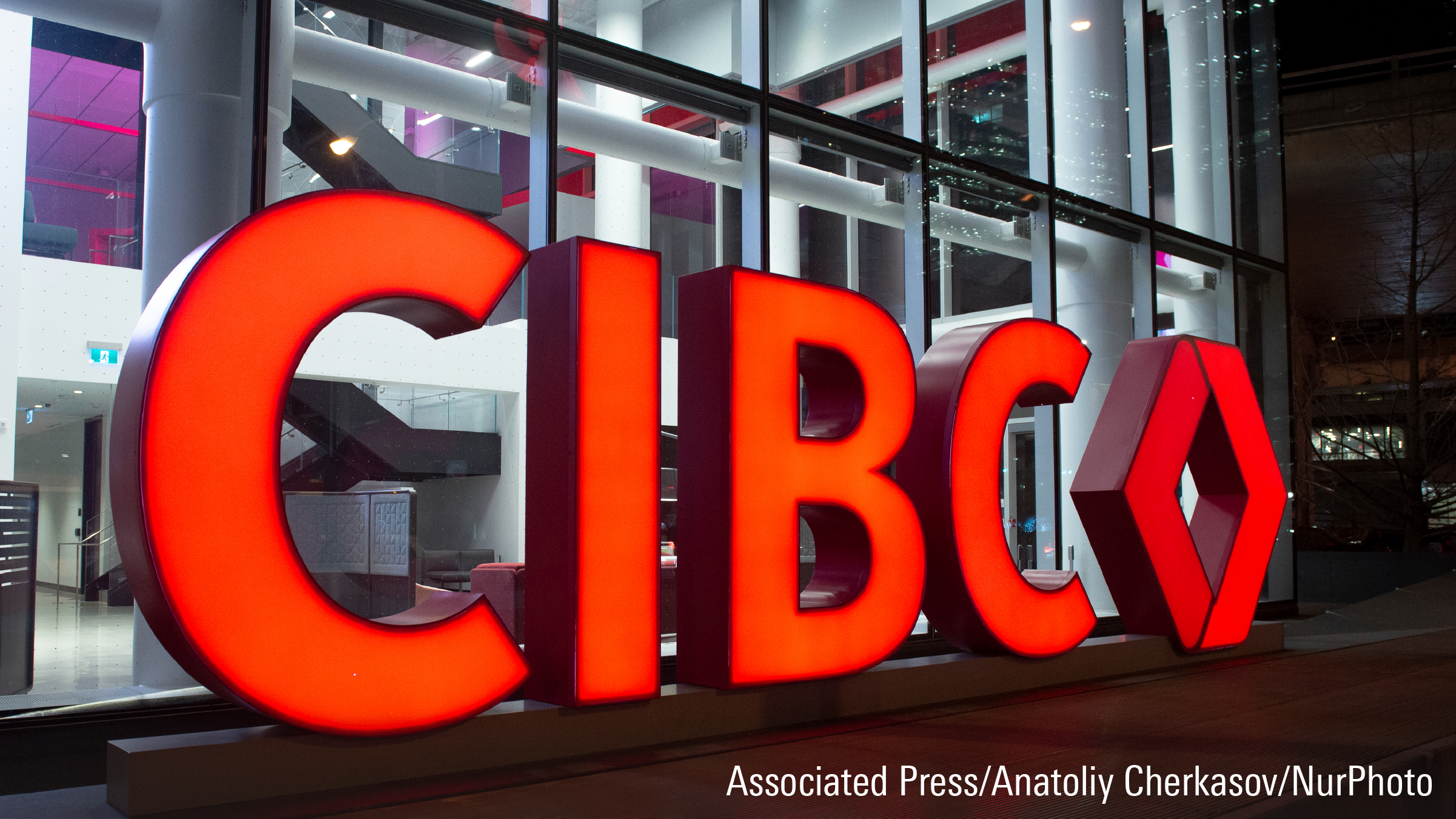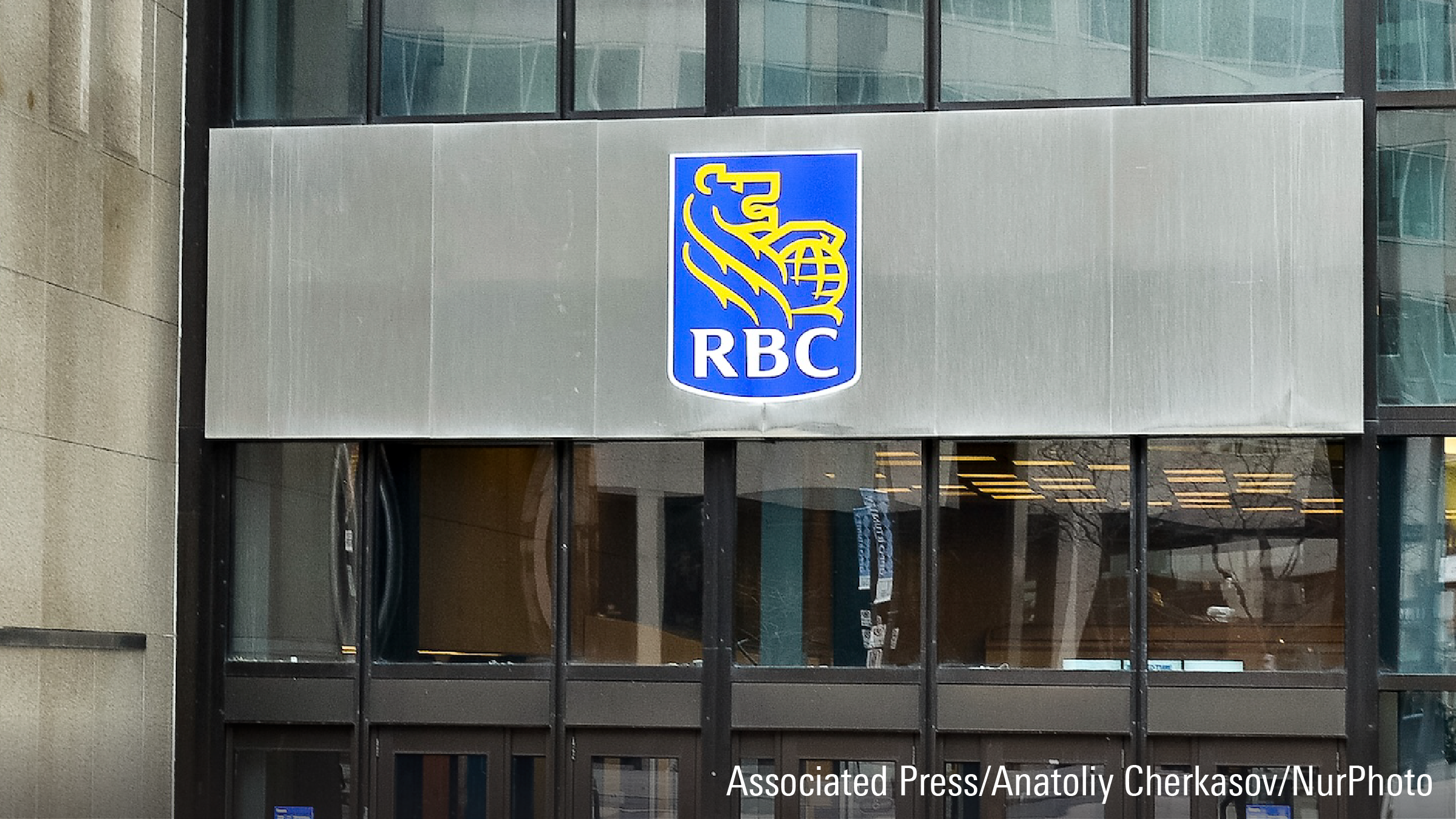
A hot topic of debate around the hallways of Morningstar is the question of how environmental, social, and governance factors--the array of nonfinancial metrics that are increasingly significant to corporate performance--affect investment returns. We’ve written extensively about how indexes and funds with different ESG characteristics have performed historically. We’ve also written about theoretical frameworks that embed arguments about how ESG potentially affects returns.
But there’s another way for Morningstar to address this question: by looking at the intersection between ESG and the star ratings that Morningstar has traditionally assigned to companies.
First, we look at how Morningstar’s equity analysts rate “good” ESG companies versus “bad” ESG companies. To define what counts as good and bad ESG, we use the ESG Risk Rating Assessment from Sustainalytics (a division of Morningstar). Sustainalytics’ analysts identify material risks facing each company--these could be climate risks, human capital risks, risks of ethical breaches--and score the companies according to the magnitude of these risks and the potential impact they could have on revenue and profits. To be more precise, Sustainalytics estimates what percentage of these risks is manageable, and nets out these manageable risks to arrive at the bottom-line risk exposure. Companies with negligible ESG Risk face little or no danger to future cash flows from ESG factors. Companies with severe ESG Risk--think fossil-fuel producers--face severe threats to future cash flows.
Over the past year Morningstar’s equity research team has been explicitly incorporating the results of this ESG Risk analysis into its assessments of Uncertainty and Morningstar Economic Moat, which in turn feed into Morningstar’s fair value estimates and equity star ratings. The equity analysts want to make sure that when they assign an economic moat rating, which captures their opinion on the length of time a company can generate above-average returns on capital, that they have fully baked in the ESG risks that threaten a company’s competitive position. Likewise, the greater the material ESG risks facing a company, the less certain our analysts can be in their fair value estimates.
What we find is that investors are currently paying too much for good ESG companies and too little for bad ESG companies. For companies with Negligible ESG risks, the average star rating is 2.75 and the average stock trades for a bit less than fair value (0.97 to be precise). For Low ESG Risk companies, investors are paying a 7% premium to fair value. At the other end of the spectrum, by contrast, the stocks of Severe and High ESG Risk companies trade for 16% and 8% discounts to fair value, respectively, and boast average star ratings above 3.0. If our analysts are correct, investors stand to outperform by investing in bad ESG stocks.

If we flip the analysis and ask what are the ESG characteristics of 5-star versus 1-star stocks, we see that a basket of 5-star stocks currently has more ESG Risk than a basket of 1-star stocks. Here, we use the numerical version of Sustainalytics’ ESG Risk Rating, where a lower number means lower ESG Risk.

Among the Severe and High ESG Risk companies that currently receive 5-star ratings are Energy Transfer LP (ET), Nissan Motor, AGL Energy (AGL), China Gas Holdings, and Groupon (GRPN). A motley crew, to be sure.
That brings me to one huge caveat. It’s entirely possible that our equity analysts are wrong about their fair values. Perhaps they aren’t penalizing bad ESG companies enough when forecasting cash flows or assessing Uncertainty and economic moats. Many companies that score High or Severe on ESG Risk reside in the energy sector, and that’s a notoriously difficult sector in which to make long-term stock calls. (Forecasting oil prices is hard!) We’ve been burned on our energy calls in the past.
Another caveat is that the ESG Risk Rating from Sustainalytics represents just one way to rank companies by good or bad ESG characteristics. Several ESG rating services exist, each with different methodologies and therefore different rank orderings of companies. Determining which risks are most material for a company’s future is difficult; determining how material is even more difficult. In the academic literature, there are even more varieties of ways to score ESG. If we somehow had access to a Platonic ideal of an ESG risk measure, perhaps it would give us even a different conclusion as to whether good or bad ESG stocks are more expensive.
The broader lesson here is that the impact of ESG on investing returns is a question that has no definitive answer. At some points in time, good ESG companies--however defined--will be relatively cheap as a group. At other times, as appears to be the case now assuming you believe our equity analysts, good ESG companies command a premium. That’s why it’s dangerous to think there’s any one-to-one correspondence between ESG and investing returns that holds for all market environments. It all depends on relative valuations.








.jpg)













